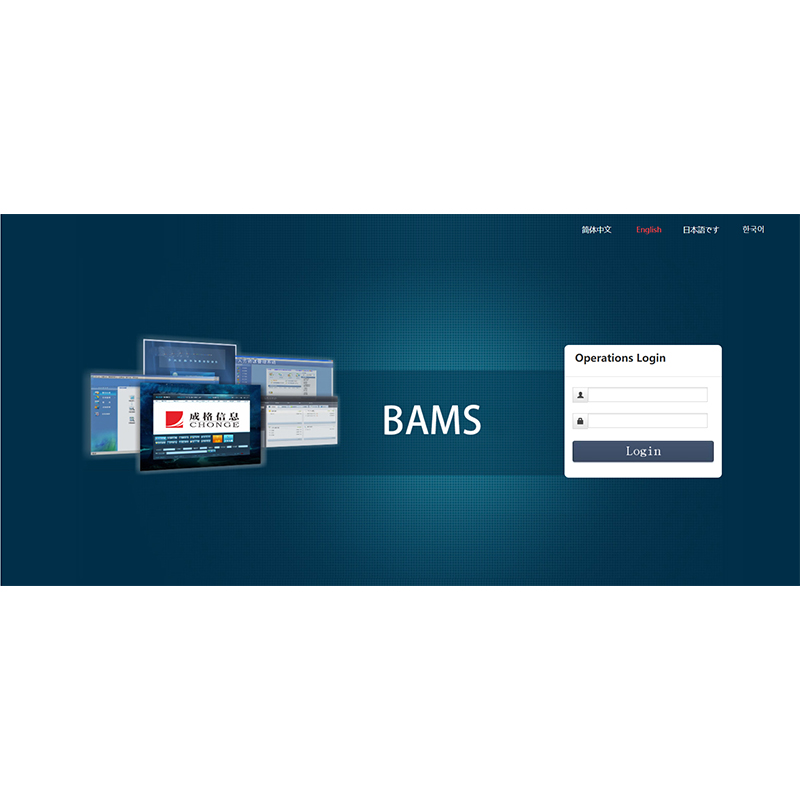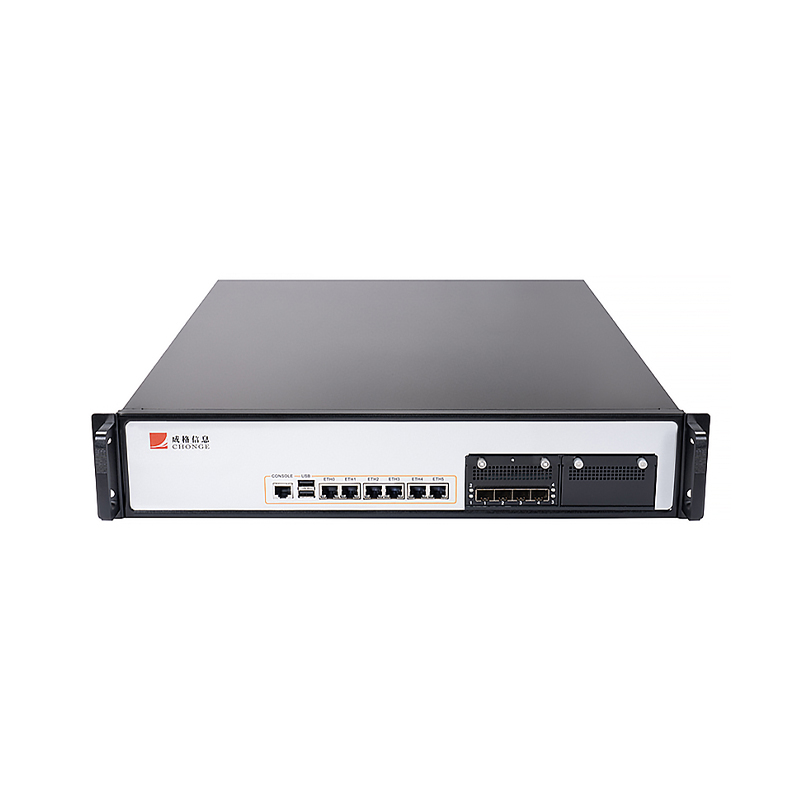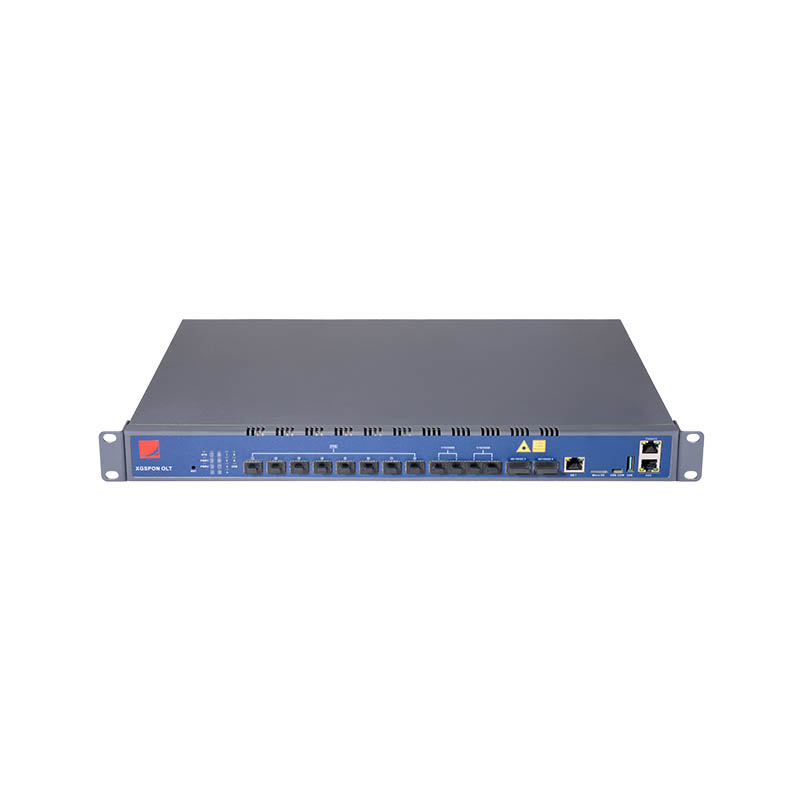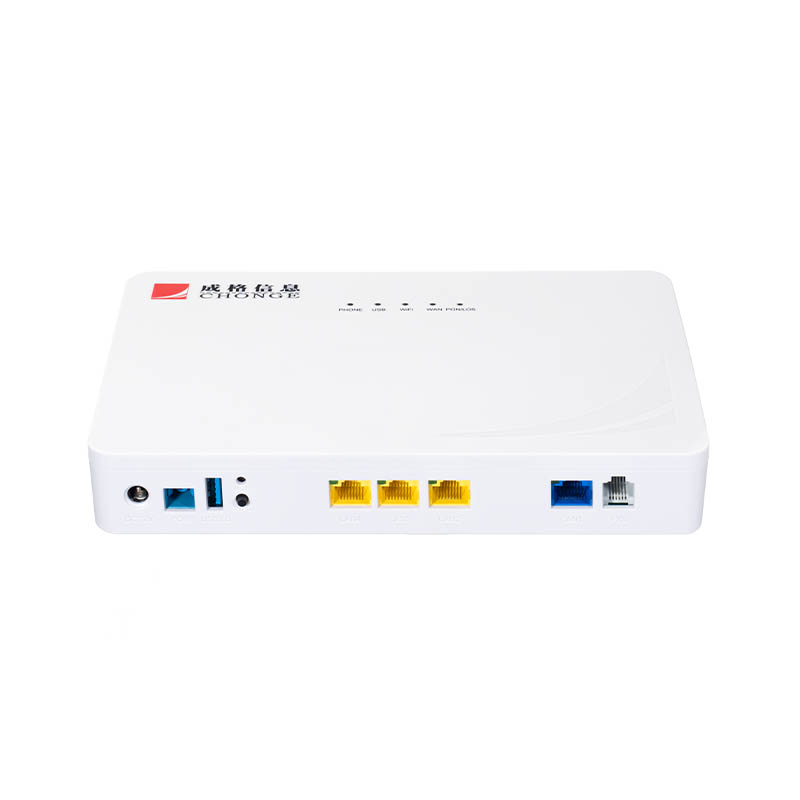How can BAMS achieve low-cost deployment and fast user access authentication for small and medium-sized ISPs?
Release Time : 2025-09-10
In the current wave of digitalization, small and medium-sized Internet Service Providers (ISPs) face fierce market competition and growing user demand. Efficiently building stable, secure, and scalable broadband networks with limited financial and technical resources has become a key challenge for their survival and development. Traditional large-scale carrier-grade authentication and billing systems are often costly, complex to deploy, and difficult to maintain, making them ill-suited to the operational needs of small and medium-sized ISPs. To address this, BAMS, designed specifically for small and medium-sized ISPs, has emerged. Through a modular architecture, optimized software and hardware, and intelligent management, it achieves the dual goals of low-cost deployment and fast user access authentication, helping small and medium-sized operators capture a larger market share with lower investment.
1. Lightweight System Architecture Reduces Hardware Investment Costs
Modern BAMS generally adopt software-defined networking (SDN) concepts, running on general-purpose servers or virtualized platforms without relying on expensive dedicated hardware. The system can be deployed in local data centers or cloud servers, supporting standard X86 servers, significantly reducing initial procurement costs. The system also boasts high concurrent processing capabilities, allowing a single server to support thousands or even tens of thousands of concurrent users, reducing the need for stacking multiple devices. For smaller ISPs with limited budgets, subscription-based or pay-per-user licensing models with on-demand capacity expansion are available, avoiding large one-time investments and enabling flexible and controllable cost management.
2. Plug-and-play deployment shortens rollout cycles
The system is designed with ease of use and automated configuration in mind. Using a wizard-based installation interface and pre-configured templates, administrators can complete core configurations such as system initialization, network parameter configuration, and RADIUS/Portal protocol integration within hours. The system automatically identifies mainstream BRAS (Broadband Remote Access Servers), switches, and OLTs, streamlining network integration. For campus or enterprise networks, user account databases can be quickly imported, enabling seamless integration with existing OA, student management systems, or CRM platforms, ensuring true "out-of-the-box" operation and significantly shortening the time from procurement to commercial deployment.
3. Multi-Mode Fast Authentication Improves User Experience and Conversion Rates
To meet the usage habits of different user groups, the system supports a variety of flexible and convenient access authentication methods:
Web Portal Authentication: After connecting to the network, a customized login page automatically pops up. Users can enter their account and password to access the internet without installing a client.
APP QR Code Scanning Authentication: Identity binding and login are completed by scanning a QR code through a dedicated mobile app, ideal for mobile-first scenarios.
WeChat/Alipay Password-Free Login: Integrated with third-party OAuth interfaces, this allows for one-click authentication, lowering the barrier to entry for new users.
Wi-Fi Unified Authentication: Supports multiple wireless access methods, including 802.1x and PSK, enabling unified management of wired and wireless networks.
These authentication methods are not only simple to use, but also enable customized portal pages displaying brand information, package recommendations, and online payment, boosting user retention and business conversion.
4. Automated Billing and Online Payment Reduce Manual Operations and Maintenance
The system features a built-in flexible billing engine that supports various pricing strategies, including time-based, data-based, monthly, annual, and tiered billing, as well as customizable promotions. Users can top up their account online directly through the portal, and the system automatically processes and activates permissions without manual intervention. SMS and email notifications are also available for overdue payments and insufficient balances, reducing collection costs. This self-service model not only improves the user experience but also significantly reduces the manpower required by small and medium-sized ISPs in customer service, finance, and operations.
5. Centralized Management and Remote Monitoring Improve Operational Efficiency
The system provides an intuitive web-based management platform with multi-level administrator privileges, enabling one-stop operations for user management, bandwidth control, log auditing, and troubleshooting. Administrators can view key metrics such as the number of online users, traffic distribution, and device status in real time. Remote monitoring and alerting via SNMP and Syslog are also available, enabling timely detection and resolution of network anomalies and ensuring service quality.
The BAMS for small and medium-sized ISPs, through its lightweight design, intelligent deployment, multi-mode authentication, and automated operations, successfully addresses the pain points of traditional solutions: high cost, slow deployment, and difficult operations. It not only lowers the technical threshold, but also enables small and medium-sized operators to respond quickly to market changes, enabling them to serve users in a more efficient and flexible manner in the face of fierce competition and achieve sustainable development.
1. Lightweight System Architecture Reduces Hardware Investment Costs
Modern BAMS generally adopt software-defined networking (SDN) concepts, running on general-purpose servers or virtualized platforms without relying on expensive dedicated hardware. The system can be deployed in local data centers or cloud servers, supporting standard X86 servers, significantly reducing initial procurement costs. The system also boasts high concurrent processing capabilities, allowing a single server to support thousands or even tens of thousands of concurrent users, reducing the need for stacking multiple devices. For smaller ISPs with limited budgets, subscription-based or pay-per-user licensing models with on-demand capacity expansion are available, avoiding large one-time investments and enabling flexible and controllable cost management.
2. Plug-and-play deployment shortens rollout cycles
The system is designed with ease of use and automated configuration in mind. Using a wizard-based installation interface and pre-configured templates, administrators can complete core configurations such as system initialization, network parameter configuration, and RADIUS/Portal protocol integration within hours. The system automatically identifies mainstream BRAS (Broadband Remote Access Servers), switches, and OLTs, streamlining network integration. For campus or enterprise networks, user account databases can be quickly imported, enabling seamless integration with existing OA, student management systems, or CRM platforms, ensuring true "out-of-the-box" operation and significantly shortening the time from procurement to commercial deployment.
3. Multi-Mode Fast Authentication Improves User Experience and Conversion Rates
To meet the usage habits of different user groups, the system supports a variety of flexible and convenient access authentication methods:
Web Portal Authentication: After connecting to the network, a customized login page automatically pops up. Users can enter their account and password to access the internet without installing a client.
APP QR Code Scanning Authentication: Identity binding and login are completed by scanning a QR code through a dedicated mobile app, ideal for mobile-first scenarios.
WeChat/Alipay Password-Free Login: Integrated with third-party OAuth interfaces, this allows for one-click authentication, lowering the barrier to entry for new users.
Wi-Fi Unified Authentication: Supports multiple wireless access methods, including 802.1x and PSK, enabling unified management of wired and wireless networks.
These authentication methods are not only simple to use, but also enable customized portal pages displaying brand information, package recommendations, and online payment, boosting user retention and business conversion.
4. Automated Billing and Online Payment Reduce Manual Operations and Maintenance
The system features a built-in flexible billing engine that supports various pricing strategies, including time-based, data-based, monthly, annual, and tiered billing, as well as customizable promotions. Users can top up their account online directly through the portal, and the system automatically processes and activates permissions without manual intervention. SMS and email notifications are also available for overdue payments and insufficient balances, reducing collection costs. This self-service model not only improves the user experience but also significantly reduces the manpower required by small and medium-sized ISPs in customer service, finance, and operations.
5. Centralized Management and Remote Monitoring Improve Operational Efficiency
The system provides an intuitive web-based management platform with multi-level administrator privileges, enabling one-stop operations for user management, bandwidth control, log auditing, and troubleshooting. Administrators can view key metrics such as the number of online users, traffic distribution, and device status in real time. Remote monitoring and alerting via SNMP and Syslog are also available, enabling timely detection and resolution of network anomalies and ensuring service quality.
The BAMS for small and medium-sized ISPs, through its lightweight design, intelligent deployment, multi-mode authentication, and automated operations, successfully addresses the pain points of traditional solutions: high cost, slow deployment, and difficult operations. It not only lowers the technical threshold, but also enables small and medium-sized operators to respond quickly to market changes, enabling them to serve users in a more efficient and flexible manner in the face of fierce competition and achieve sustainable development.







